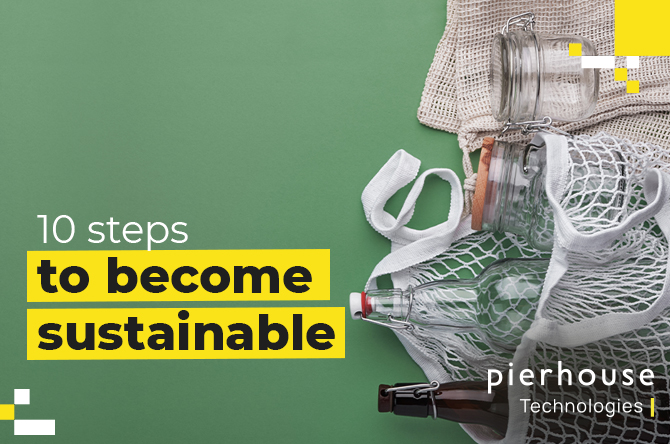Some retailers were concerned about shoppers using mobiles in their stores for showrooming. But, what do shoppers actually use mobiles for? The results may surprise you.
A survey by Forsee based on 21,000 responses has come up with some interesting results on the use of mobiles in stores. The top finding is that 65% of shoppers are visiting the website of the store and their main purpose is to find out more about a product. Of course if they can’t get the information they want from the stores own website they’ll go to a competitors website. Overall 43% go to a competitors site and 26% go to a comparison website.
So it looks like shoppers use of mobiles is less of a problem than some retailers had feared. In fact many retailers now regard mobiles as a multi-channel opportunity to give the shopper more information so that they are less likely to leave the store without buying anything. That’s great, but there are still a lot of shoppers going to sites not operated by the retailer. The challenge is to reduce the need to go to other websites.
Of course having a good website with appropriate information is very important and that’s why retailers are investing millions to upgrade their websites. This is obviously the right thing to do but what else can retailers do that will cost a lot less and be much quicker to implement?
The answer is staring the shopper in the face
Shoppers usually decide to use their mobile when they are at the shelf edge and can’t see the information that they need to make a purchasing decision displayed on the ticket in front of them. The top four reasons for then using their mobiles are all about selecting the right product. Not about seeking lowest price.
- 46% research info about a product
- 36% compare different products
- 28% get product specifications
- 22% check out product reviews
The big opportunity is to be able to provide shoppers with more of the information they want at the shelf edge using tickets that sell. These tickets can include much more information than regular tickets and cover some, or all, of the above 4 points. In addition to product information tickets that sell can also contain other reasons to buy. The bottom line is that they will more often close the sale at the shelf edge so shoppers don’t have to use their mobiles to visit competitors sites.
In our experience there is a lot to be learnt about creating highly effective tickets that sell at the shelf edge by examining how on-line only retailers like Amazon work. We are currently writing a white paper on this topic called: The Amazon Edge and I’d be happy to make it available to retailers. If you would like to get a copy please send me an email. Malcolm.wicks@pierhouse.co.uk




